Six Tokyo Tech faculty members received a Prize for Science and Technology or The Young Scientists' Prize in the 2019 Commendation for Science and Technology by the Minister of Education, Culture, Sports, Science and Technology.
Prizes for Science and Technology are for persons who have attained notable achievements in the field of science and technology and are awarded in several categories: Development, Research, Science and Technology Promotion, Technology, and Public Understanding Promotion.
The Young Scientists' Prize is for junior scientists under 40 years of age with remarkable research outcomes, displaying high aptitude for research and development such as in burgeoning research and research from original viewpoints.
Six Tokyo Tech faculty members were recognized for their daily research activities and outcomes. Two was awarded the Prize for Science and Technology and four were awarded the Young Scientists' Prize. The six recipients spoke about their work.
Prize for Science and Technology (Research Category)
The Young Scientists' Prize
Prize for Science and Technology (Research Category)
Nobuhiro Nishiyama
Professor, Institute of Innovative Research
Prize-winning research: Study on the development and medical application of nanomachines based on polymer design
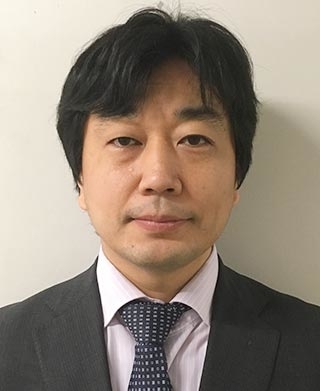
In super-aging societies, there is a growing need for diagnostic and therapeutic techniques in the medical field that take QOL (quality of life) into consideration. In this study, medical nanomachines capable of in vivo diagnosis and treatment with minimal side effects and maximum benefits at necessary sites and the necessary time were developed by integrating various functions including targeting and environmental responsiveness on a platform consisting of efficient synthetic polymers and their molecular assemblies.
In this study, it was proven that it is possible to achieve "highly sensitive detection of cancer and visualization of malignancy," "effective cancer treatment based on pinpoint delivery of drugs for intractable cancers such as pancreatic cancer with few side effects," and "minimally invasive cancer treatment with less burden on patients using physical energy irradiation including light, ultrasound, and neutrons" through the use of medical nanomachines. It is believed that these technologies will result in the early detection and curing of incurable diseases such as cancer, and the early social reintegration of patients, and that these will accelerate the commercialization of innovative medicines such as nucleic acid drugs, and contribute to the extension of people's healthy life span. These are also expected to strengthen Japan's industrial competitiveness in the field of drug development.
This award-winning research was achieved through the great cooperation of many joint researchers. I want to use this opportunity to show my appreciation for their support. I am determined to continue this research to realize future medical treatments using medical nanomachines.
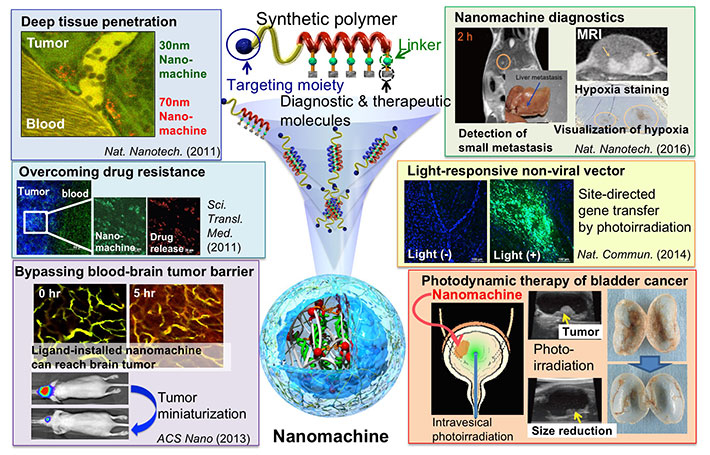
Overview of research on medical nanomachines
Ichiro Hagiwara
Professor Emeritus
Prize-winning research: Industrialization of Origami Structures aided by Computational science simulation
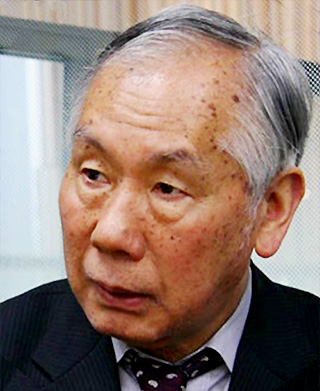
Though origami structures have the excellent characteristics; light & stiff and deployable & foldable, they have not been used except in the space industry where production cost is not so much restrictive compared with the other industries. To overcome this situation, we must solve the problems that complicated mechanisms for the robot is needed to fold the conventional folding view and that forming cost is much expensive than the general structures.
So, we developed the design system which provides folding view from the 3D image data which can be treated by the robot only with the function for mountain/valley lines, and we got a prototype of the Origami Printer which constructs the 3D structure from the data automatically.
The conditions to be constructed the 3D structure from the folding view and to be able to be folded are determined by the angles of intersection of the folding lines. From this, we applied the conformal transformation to the Origami Structure for the first time, so that a complicated folding view can be transformed from a simple one preserving its angles. This idea enables the Origami Structure to be approximated systematically to the structure which also has excellent energy absorption characteristics etc. at relatively forming low cost.
These results were highly evaluated to have a potential for a lot of new industries. The Origami Engineering is the general engineering which covers wide range from artistic designs, creating functions to forming technologies.
Fortunately I could research extensively with many excellent international students longing to Tokyo Institute of Technology. These excellent experiences induced me to this award. I would like to express my appreciation to all the students, faculty members and clerical staffs at Tokyo Tech.
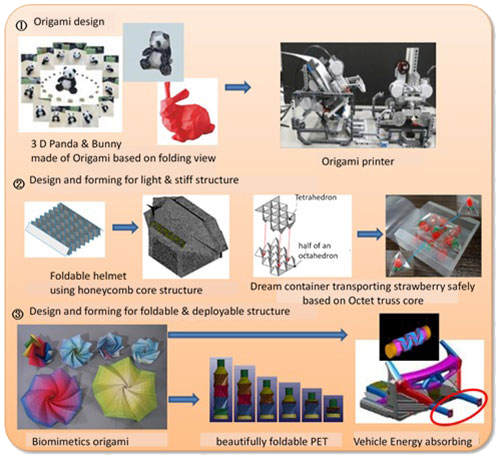
Examples; results of the tree Origami Engineering components
The Young Scientists' Prize
Toru Hirahara
Associate Professor, School of Science
Prize-winning research: Development of fabrication methods for bismuth-based topological films and study of the surface states
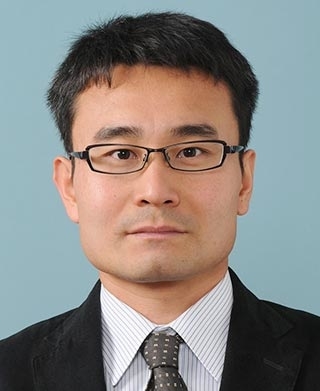
On the surface of materials, electronic states exist that are different from the internal bulk. For example, even when the bulk is nonmagnetic, Rashba/topological surface states can possess a spin-polarized band structure and many studies have been conducted for spintronic applications mainly in theory. In order to develop devices that utilize these surface states, it was necessary to create high-quality films and to combine them with ferromagnetic materials. However, many materials studied experimentally were surfaces of thick bulk materials. Therefore, I focused on the element bismuth and devised a method for creating high-quality films of bismuth compounds. In particular, I clarified that the surface states dominate the electrical current flow in pure Bi films. Furthermore, I discovered a novel way to embed magnetic elements inside topological insulator films which made it possible to make the topological surface states ferromagnetic without introducing impurities. I believe these are important achievements not only for device applications but also in terms of basic science.
I am truly honored to receive this prestigious award. I would like to show my deep gratitude to my mentors and joint researchers who helped me. I also want to thank the university for its support.
Takayuki Iwasaki
Associate Professor, School of Engineering
Prize-winning research: Research on solid state quantum emitters in a wide-band-gap semiconductor
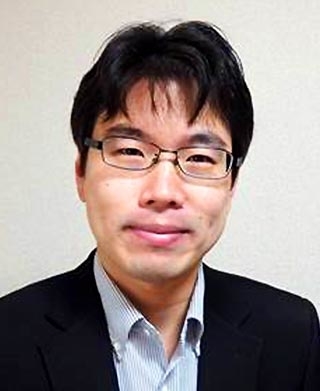
When impurity atoms are incorporated in wide-gap semiconductors and are located next to vacancies (empty spaces with no atoms), complex defects are formed that emit light. Diamonds are wide-gap semiconductors with a large band gap where various complex defects can form. Complex defects that emit single photons function as quantum emitters, and in the future, it is expected that light sources with excellent optical properties and spin properties will be applied to quantum networks. However, until now, no quantum emitters has been discovered with both excellent optical properties and spin properties. In this research, new quantum emitters were created by focusing on germanium and tin, which are elements that have not yet been introduced into diamonds. In particular, tin-vacancy centers consisting of tin and vacancies exhibit high emission intensity, and stable emission and a long spin coherence time in the Kelvin temperature range can be expected, which could potentially resolve problems with conventional quantum emitters.
The achievements of this research were obtained through the collaboration of many researchers in Japan and overseas. I would like to take this opportunity to show my heartfelt appreciation. I will continue to make effort to develop this research.
Ken Motokura
Associate Professor, School of Materials and Chemical Technology
Prize-winning research: Development of a functional integrated catalyst and study of highly-efficient synthesis reactions
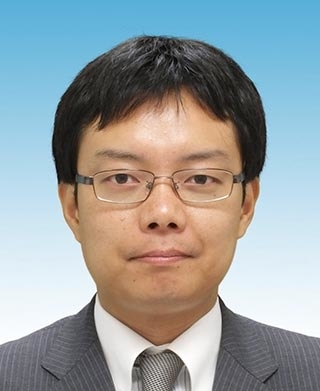
Supported catalysts are gaining attention in regard to separation, recovery, and reuse in liquid-phase synthesis reactions, but it has been noted that activity is lower than that of homogeneous molecular catalysts due to the heterogeneity of the active site structure and steric hindrance related to solid surfaces. However, by integrating and fixing multiple active sites with well-defined structures to the same solid surface to express a concerted catalysis between active sites, we succeeded in developing a highly active supported catalysts. Compared to existing reports about nucleophilic allylation reactions, hydrosilylation reactions, and carbon dioxide conversion reactions, the activity of the developed catalyst is more than an order of magnitude higher. Our goal is to develop more advanced functions and to develop various catalytic reactions by precisely controlling the type, arrangement, and orientation of the active sites.
In receiving this honorable award, I want to take this opportunity to show my appreciation to the instructors who have guided me, and the laboratory staff and students with whom I conducted this research, as well as others who have given support through projects inside and outside the university.
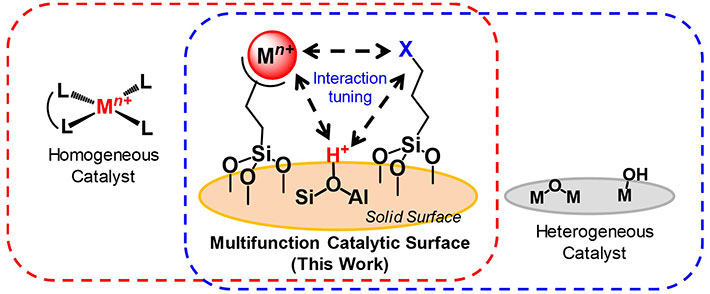
Concerted promotion of synthesis reactions through active site integration catalysts
Masahito Ohue
Assistant Professor, School of Computing
Prize-winning research: Exhaustive computational prediction method for biomolecular interactions
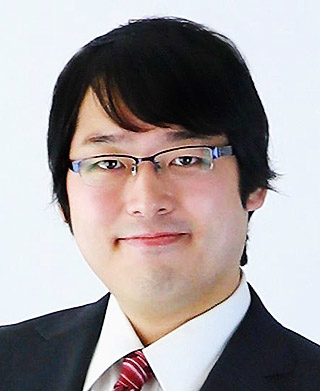
Understanding biomolecular interactions such as protein-protein interactions in the cell is key to resolving a number of problems in the fields of life science, medicine, and drugs including the clarification of life phenomena, the identification of disease factors, and promoting the development of novel drug designs. If it were possible to predict biomolecular interactions via computer without biochemical experiments, it would be possible to greatly accelerate such studies.
Thus far, I have developed technology to exhaustively predict interactions between biomolecules. Since living cells have a huge number of molecules, it is essential to drastically improve methodology and to use the world's best supercomputers such as TSUBAME in order to handle the comprehensive (many-to-many) interaction predictions of biomolecules in a realistic time. By focusing on comprehensive utilization of molecular tertiary structure information and working on parallel implementation to efficiently handle TSUBAME, I succeeded in making it possible to predict biomolecular interactions for one million pairs in only half a day. In the future, I hope to apply this research achievement in areas such as the pharmaceutical industry and to the development of new search technology for new drug targets.
I was able to receive this award because of the support and guidance of Professor Yutaka Akiyama, other professors and researchers who have helped me, as well as the people in the Akiyama Lab. I want to take this opportunity to show my appreciation. Receiving this award motivates me to work harder on research and educational activities. Also, part of this award-winning achievement was due to support from the "Planting Seeds for Research" program and the "School of Computing Support for Young Researchers Project."
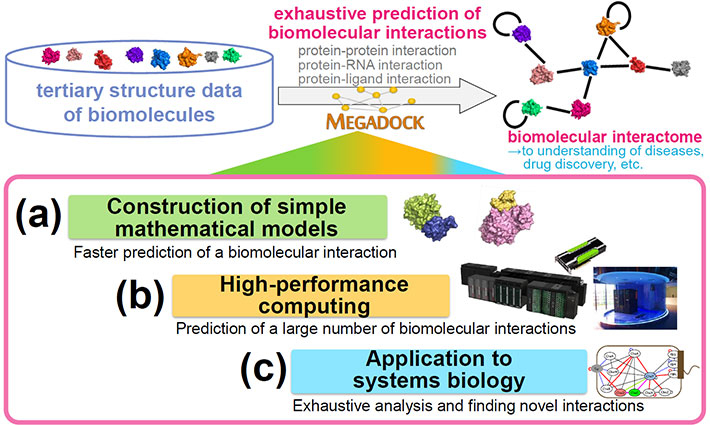
Development of exhaustive biomolecular interaction prediction technology
. Any information published on this site will be valid in relation to Science Tokyo.












